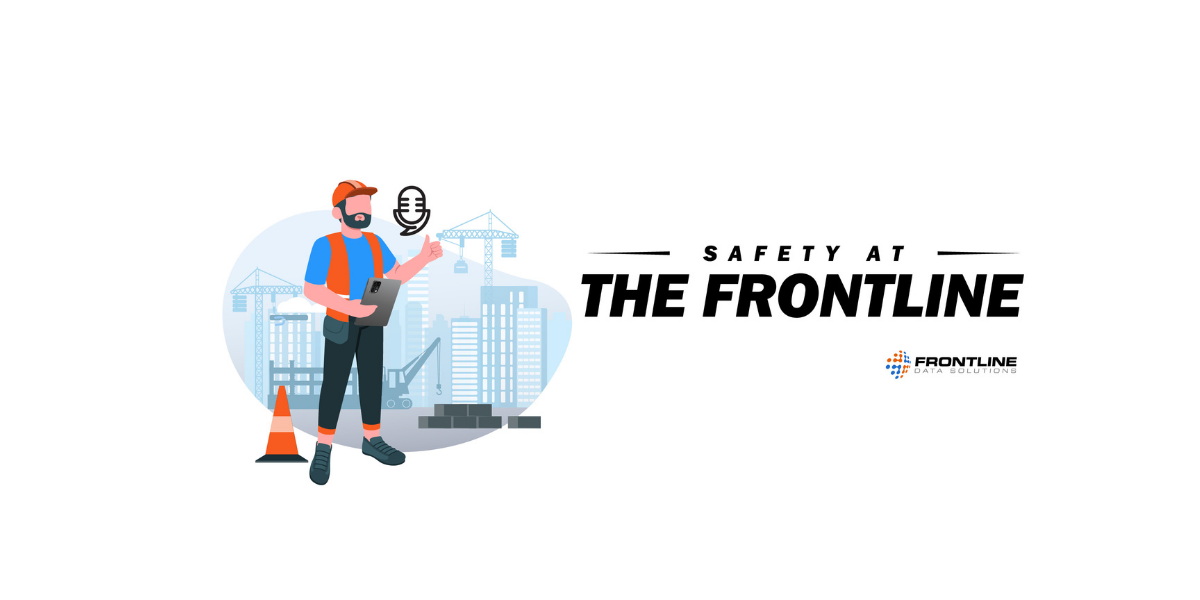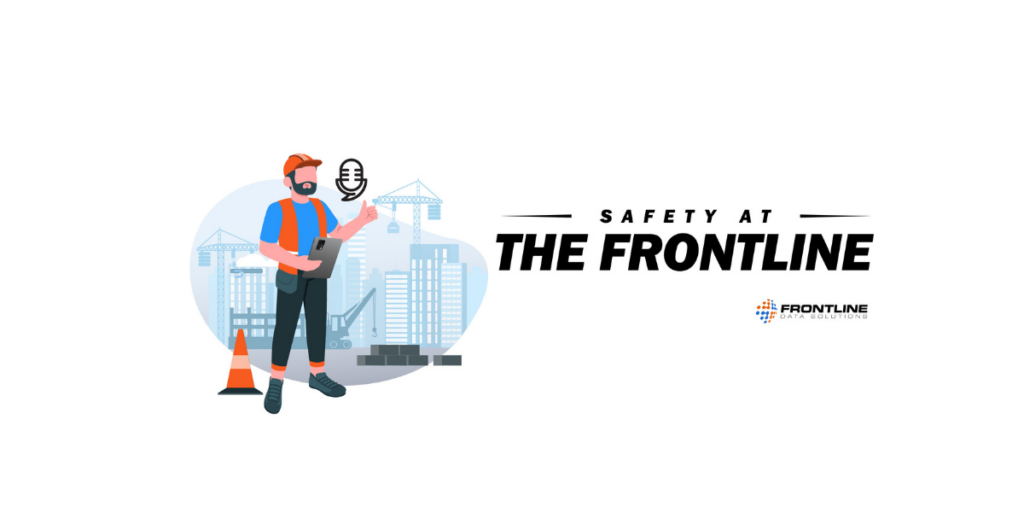What’s going on in EHS this week? Find out with Safety at the Frontline!
Tune in on Mondays to get the latest safety news with Frontline’s podcast. We’re covering the top EHS news, along with some quick and useful tips, so you can stay safe and keep rocking on the frontlines.
OSHA inspects fatal injury at Crest Hill
In July 2021, a 42-year-old employee of a Crest Hill frozen pizza manufacturer suffered a fatal injury while cleaning machinery. The OSHA inspection recently determined that the corporation’s failure to implement lockout/tagout – exposed their sanitation workers to serious hazards.
They have been issued one willful violation and are facing $145,027 in penalties. As Chicago South Area Director of OSHA, James Martineck stated, this tragic event is an example of why employers must ensure that lockout/tagout procedures are in place before cleaning or operating machinery.
Department of Labor urges EHS programs
Last year, U.S. healthcare workers suffered more injuries and illnesses than workers in any other industry. The drastic 249 percent increase throughout the pandemic has led the Department of Labor to urge healthcare facilities and providers to employ Safety and Health Programs.
In light of National Caregivers Day, OSHA’s acting Regional Administrator Ryan Hodge stated that they owe it to healthcare workers to ensure that their employers are doing all they can to protect healthcare employees.
Covid-19 mandate update
The last topic for this week is what’s in store regarding OSHA’s Covid-19 Mandate. Whether Covid is an occupational hazard, or a public health issue is still up for debate, but OSHA will not be giving up on pushing the ETS forward as it has not been withdrawn as a proposed rule.
There is talk that OSHA will essentially try to enforce workplace safety on an employer-by-employer basis. We’ll keep you posted on any further updates.
In the meantime, stay safe and stay tuned for next week!




